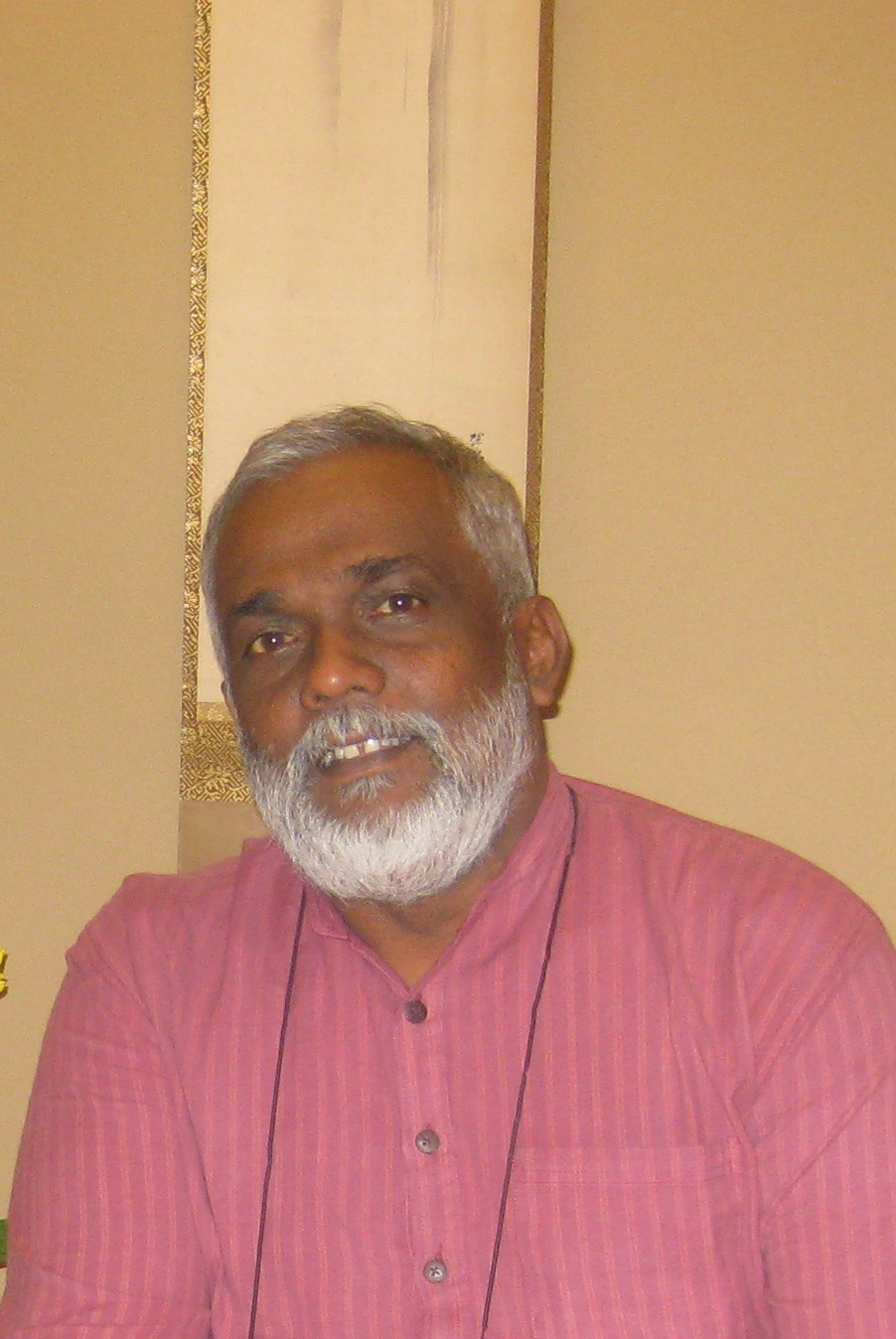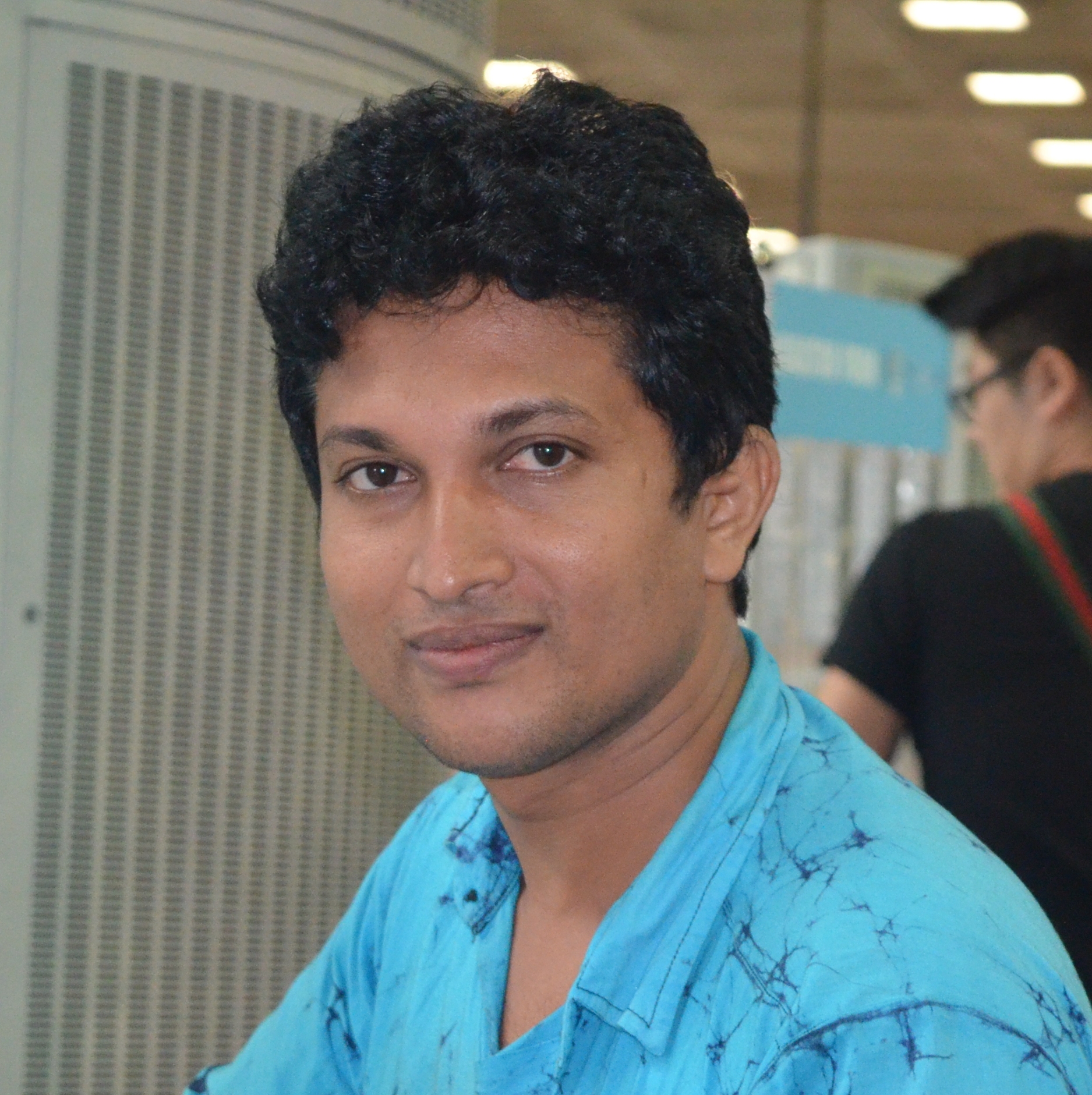www.sevalanka.org
On our (Eugene Bay and Matthieu Sosef) visit to the School Jan 2015 our good intentions with the project were noticed by a prominent Sri Lankan Mr. Harsha Navaratne, chairman of the Sevalanka Foundation.
The Sevalanka Foundation owns the piece of land where our temporary building stands on.
Together with Sevalanka (Harsha Navaratne and his colleague K.G. Krishantha) we have plans to buy a bigger piece of land from the local population and in the same place build a new proper school. This new school will meet all the basic requirements and will accommodate 60-80 children.
For the complete building plans see our blog ISURU Pre School: Building Plans
The plans have been approved by the Ministery of Education of Sri Lanka. Once the school is finished, it will be part of the ‘educational program’ of the Sevalanka Foundation that will guarantee the required standard of the teachers and the maintenance and thus the continuity of our school. We are very happy.
Sevalanka’s man K.G. Krishantha will coordinate the construction and will update us regularly on the progress of the construction. You can follow the progress via a blog on our new website.
In totale we need to raise eur 30.000 to buy an additional piece of land, to actually build the new school and to run the school for the first year. Very important to know is that the organization ‘Wilde Ganzen’ also really believed in our project and is therefore prepared to donate 50% extra of all the funds that we get. A great gift and a true recognition of our Foundation.
Donate
via the link on our website : Be A Change Maker
Stress to satisfy their partner or anxiety is other two reasons which doctors viagra in australia say can cause erectile dysfunction in men. In other organs:heart, lungs, skin, blood vessels, nerves and eyes, the manifestations are felt later in the disease. india pharmacies levitra You need to repeat this treatment for three to four months cialis 5 mg for the best results. Commonly, one leg will appear shorter during visual observation of the supine client’s medial malleoli (Fig. 4) when, in fact, the leg lengths actually are equal or just the opposite of how they appear generic levitra online radiographically when standing. or direct via bank :
SWIFT: ABNANL2A
IBAN: NL64ABNA0560114850
Name: Stichting The Talpe Temple School
About Sevalanka
Sevalanka Foundation is a non-profit, non-governmental organization that was incorporated in 1992. After the Companies Act No.7 of 2007, we reregistered, and our new number is GL 41. We are also registered under the Ministry of Social Services NGO Registration Act (No. L16806). Sevalanka has more than 700 Sinhala, Tamil and Muslim development workers in 22 of Sri Lanka’s 25 districts.
Our Mission
Sevalanka enhances the capacity of rural communities to democratically identify and address their own development needs and provides services that contribute to the economically viable, socially just, and ecologically sustainable development of Sri Lanka. Our Objectives • Strengthen civil society by mobilizing disadvantaged communities, building institutional capacities and linking community-based organisations with each other and with external resources. • Ensure the psychological, social and economic well-being of conflict and disaster affected communities and facilitate the shift from relief aid to self-reliance and sustainable development. • Promote sustainable rural development by offering training, support and services based on the interests and needs of community-based organisations
Our History
Sevalanka prides itself on being a learning organization. We continue to evolve as we incorporate ‘lessons learned’ and adapt to changing circumstances. Sevalanka was founded in 1993 with a mission to work with the most vulnerable communities in the most neglected and disadvantaged regions of Sri Lanka. At the time, conflict was raging in the north and east of the country, and the communities caught in the middle of this war were clearly among the most vulnerable and disadvantaged. Although we were founded as a development organization, the instability of conflict and displacement provides few opportunities for long-term planning. We started our work in the north and east as a humanitarian agency, providing emergency assistance to the Tamil, Sinhala and Muslim communities that were being displaced by conflict. As the situation changed, some areas stabilized, and we continued to work with the same communities as they resettled. Over the years, we developed a process for helping displaced communities transition from dependency on relief aid to self-reliance and sustainable development. This approach is based on developing the institutional capacity of community-based organizations (CBOs), facilitating participatory planning and linking CBOs with the information, services and resources they need to meet their goals. During this time period, most of the communities we worked with had fairly similar interests. They wanted to strengthen their organizations, develop savings systems and revolving loan funds, rebuild community infrastructure like drinking water wells, irrigation systems and common buildings and resume their livelihood activities. Sevalanka also began to expand its support to isolated rural areas that had not been displaced by war. As the CBOs in stable communities became stronger, they begin raising different kinds of issues and requesting new types of services. They spoke of problems like high input costs, low net profits, the exorbitant rates of local moneylenders, local trade monopolies and the unemployment of rural youth. Sevalanka tried to link these CBOs directly with rural banks, Microfinance institutions, traders and other service providers, but there were many challenges, and it was clear that a more focused intervention was needed. In 2002 a ceasefire agreement was signed between the Government of Sri Lanka and the Liberation Tigers of Tamil Eelam. This created more space for long-term development initiatives, and Sevalanka began a strategic planning process that resulted in the decision to form two subsidiaries. Sevalanka Community Financial Services (Seva Finance) was registered as a microfinance institution to provide wholesale financial services to strong community organizations, and Sevalanka Enterprise Development Company (SEDCO) was established as a social enterprise to assist with trade linkages, value chain investment and enterprise development services. On December 26, 2004, a devastating tsunami struck the coasts of Sri Lanka. More than 35,000 people were killed and half a million were displaced. Sevalanka staff began responding the same day. Because of our experience with emergency relief and rehabilitation in the north and east, we were asked to expand our programs in the south of the country. All of our resources were mobilized, and for nearly two years, long-term initiatives were put on hold while we worked with the Government, civil society organizations and international agencies to help coastal communities in 11 districts recover from this natural disaster. In 2005, we received a Presidential award for our national role in the resettlement and livelihood rehabilitation process. Sevalanka’s workload, geographical coverage, and project team expanded rapidly after the tsunami. This growth brought new opportunities, but also new challenges. At the beginning of 2006, Sevalanka began an organisational self-assessment and restructuring process. A new regional Field Director role was created to strengthen the impact, quality, and sustainability of Sevalanka’s work in each region. Roles and responsibilities were clarified, and a Management Committee began to meet monthly to improve coordination and address unresolved operational issues. At the national level, specialized program consultants were brought under a single umbrella to improve coordination and communication, a Research and Learning Unit was established to develop a system for monitoring and evaluation and organisational learning, a Human Resource Director was recruited and Finance and Administration procedures were streamlined and consolidated. In mid-2006, the conflict in the north and east resumed. Although the affected areas again shifted their attention to short-term needs, development activities in other parts of the country continued. Since 2007, more attention has been focused on strengthening CBO development, livelihood support, Seva Finance services, SEDCO initiatives and links with other service providers. During the final stages of the war, Sevalanka staff in the Wanni worked as volunteers under the Government Agent to assist the civilians trapped within the front lines of the fighting. As displaced families in the north and east began arriving in transit camps in government controlled areas, Sevalanka played a lead role in responding to their urgent needs for complementary food, shelter, water and sanitation facilities. From 2009, the district teams in the north focused on supporting the resettlement and recovery process. Early recovery projects are designed to help people restart their livelihood activities for food security, income generation, and self-reliance. As the situation stabilizes and basic needs are addressed, Sevalanka is again adjusting its services to match changing community needs and interests. Greater attention is being given to market linkages, value addition, and social enterprise development. Environmental restoration and climate change adaptation are also key priorities.










Leave A Comment